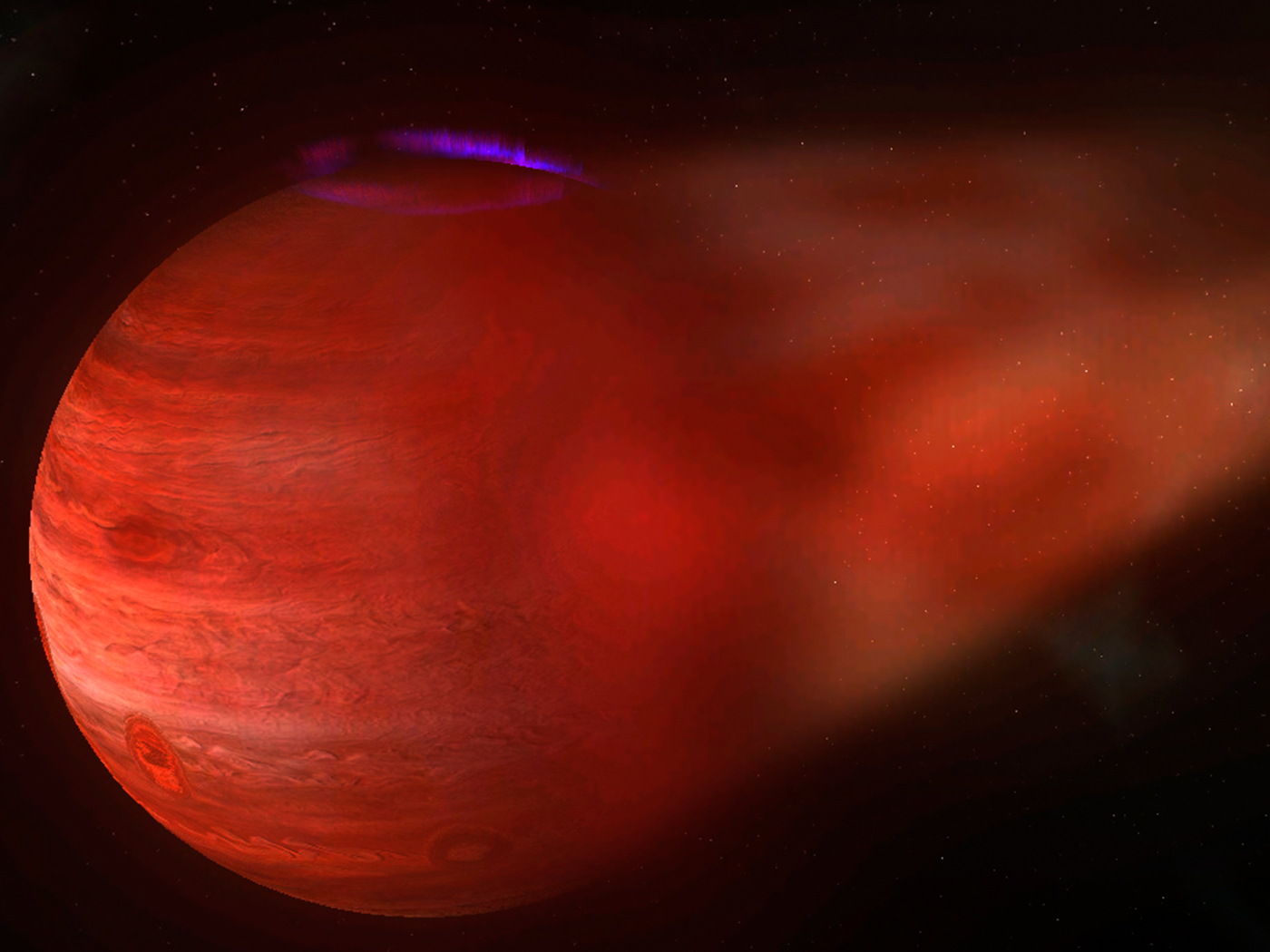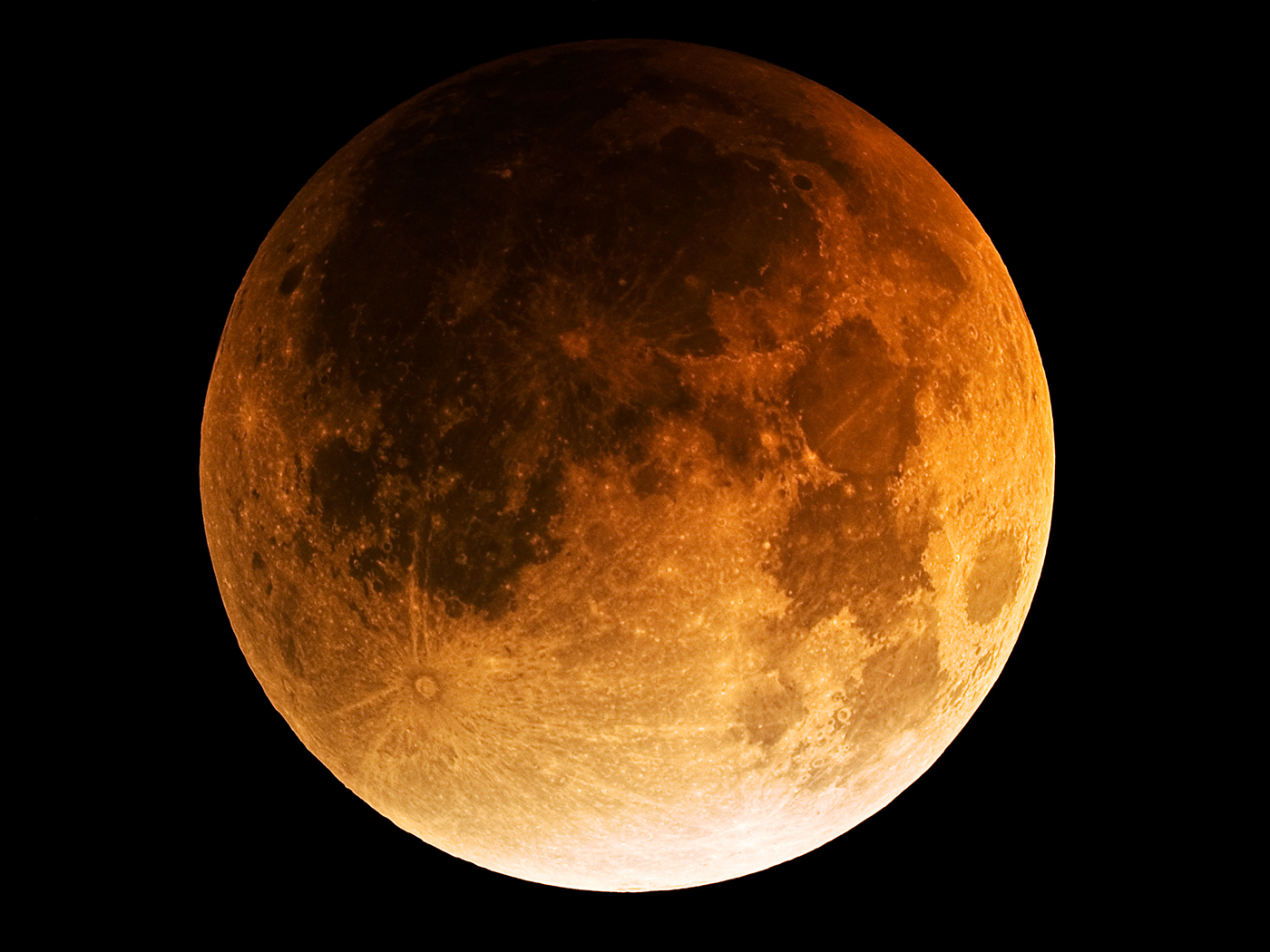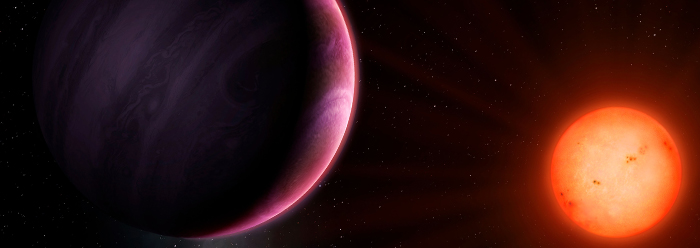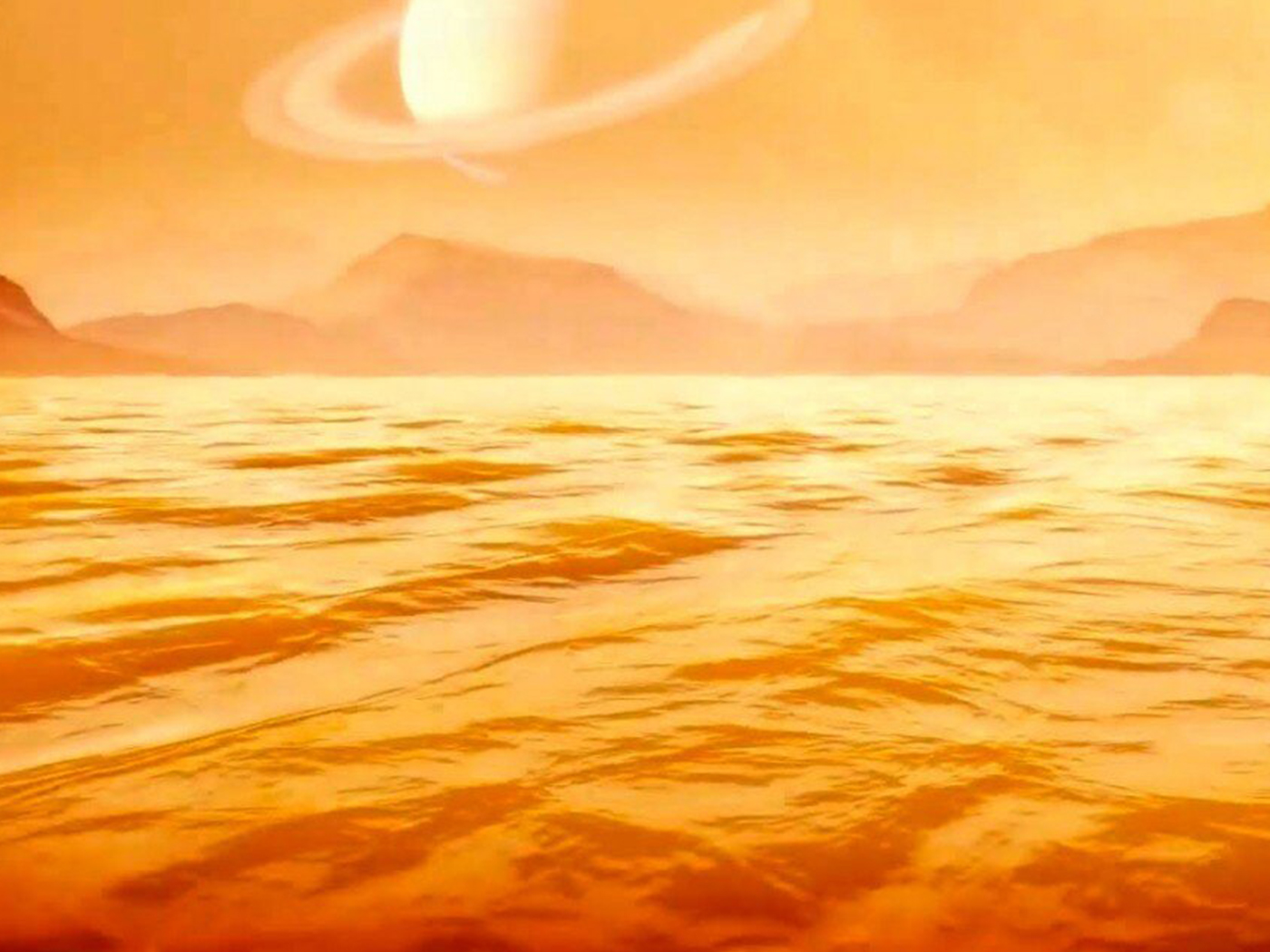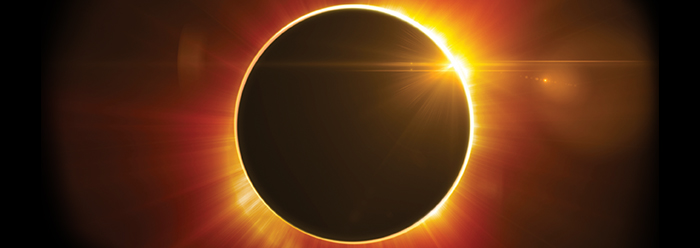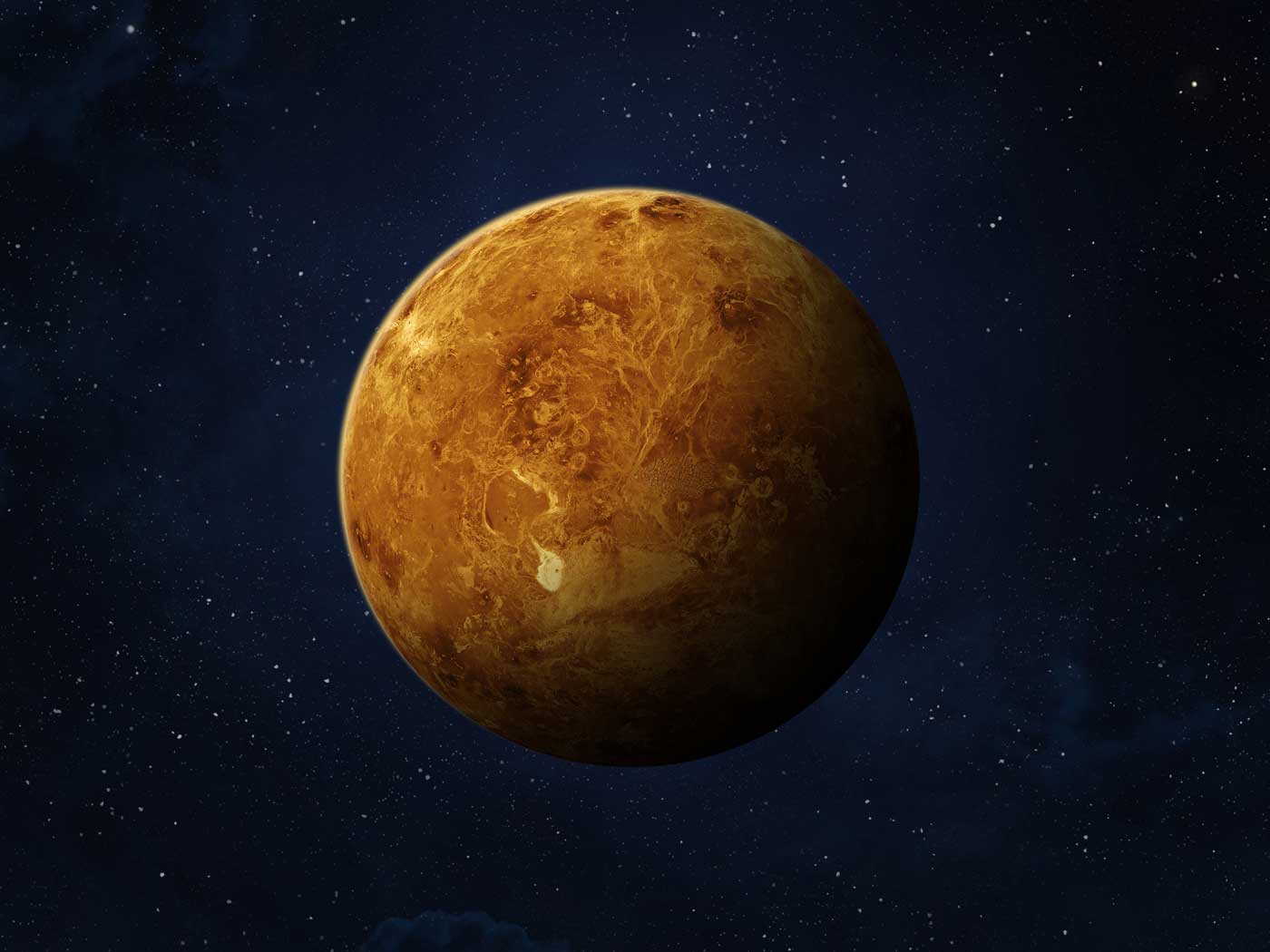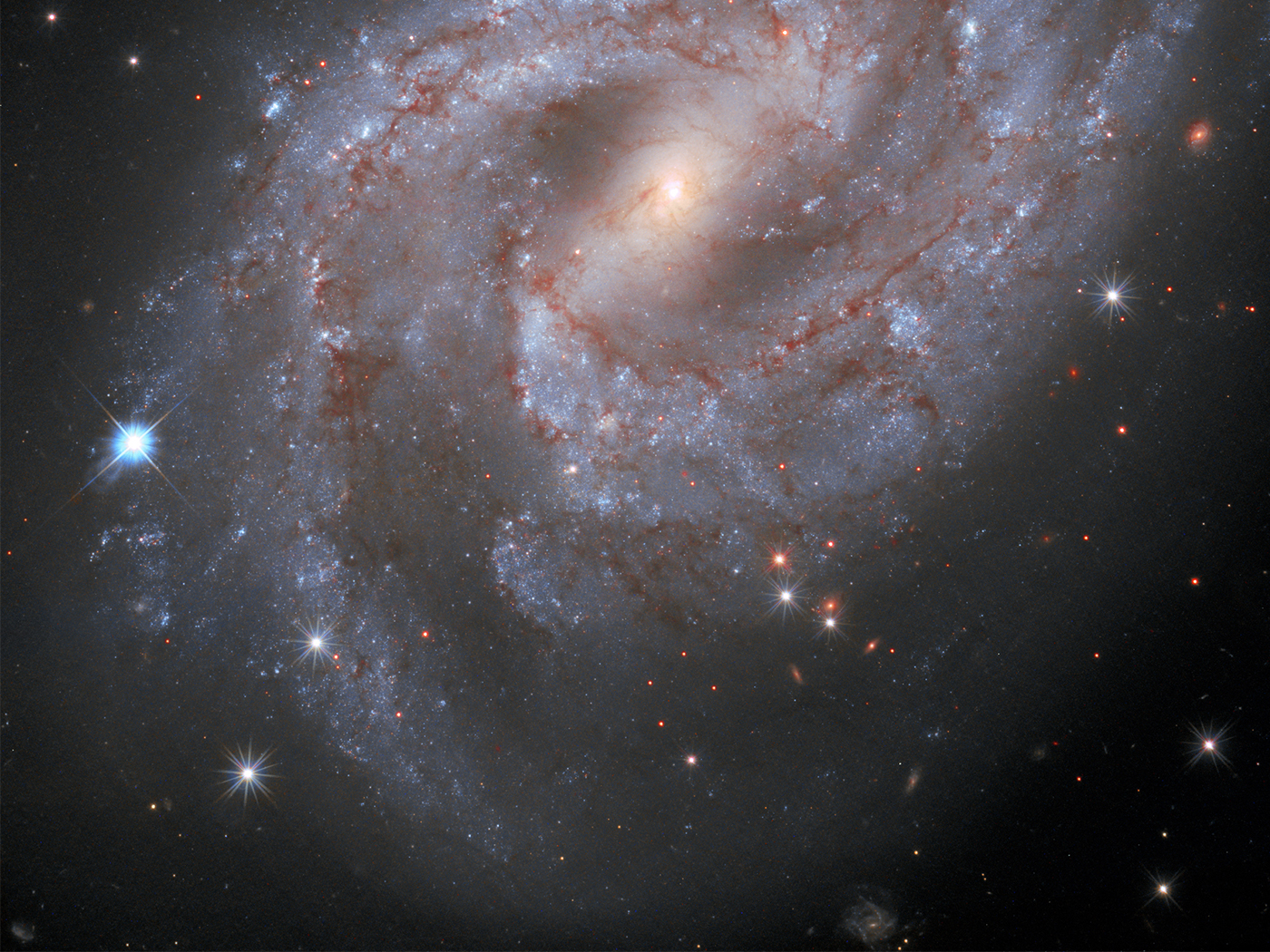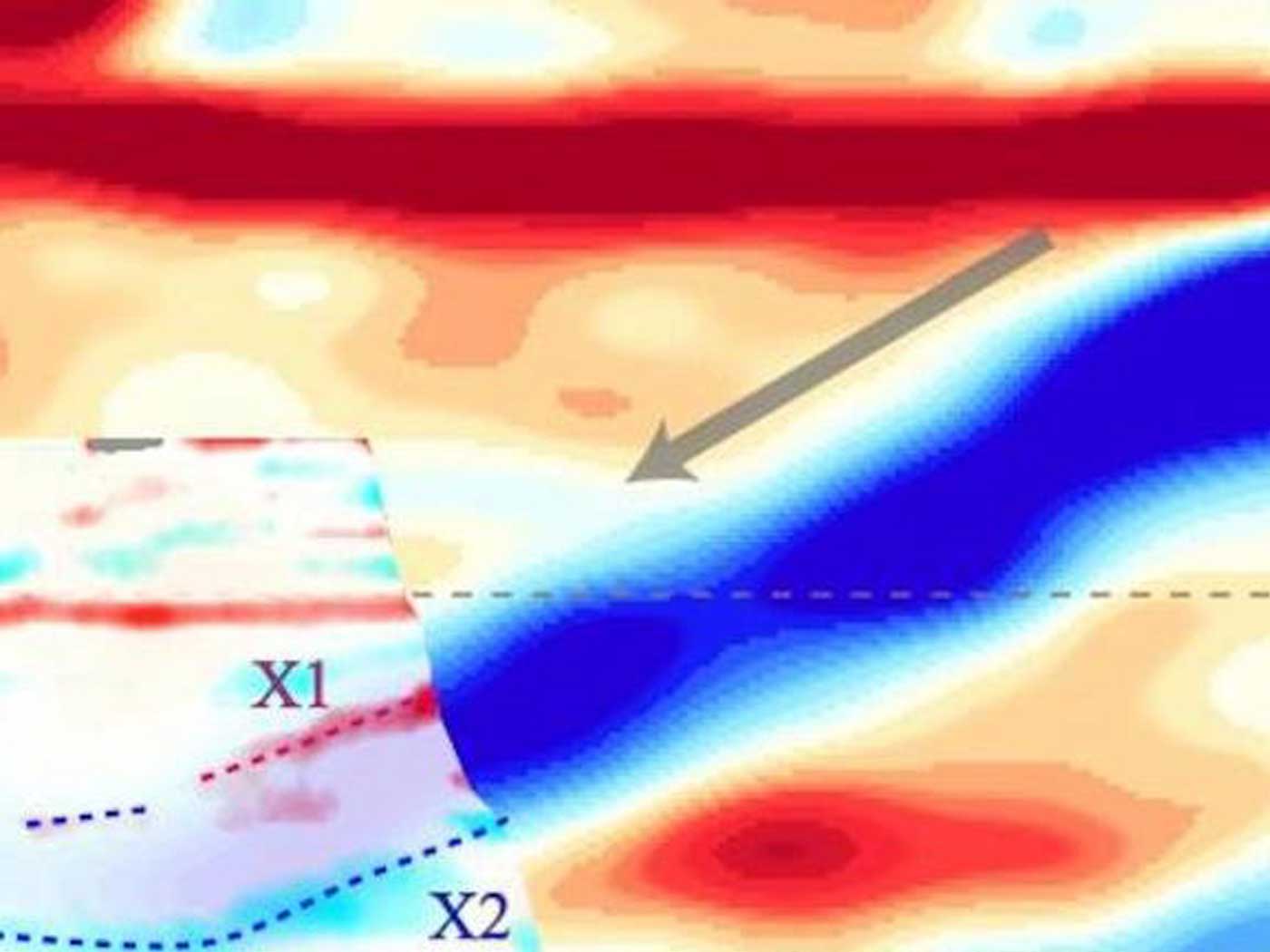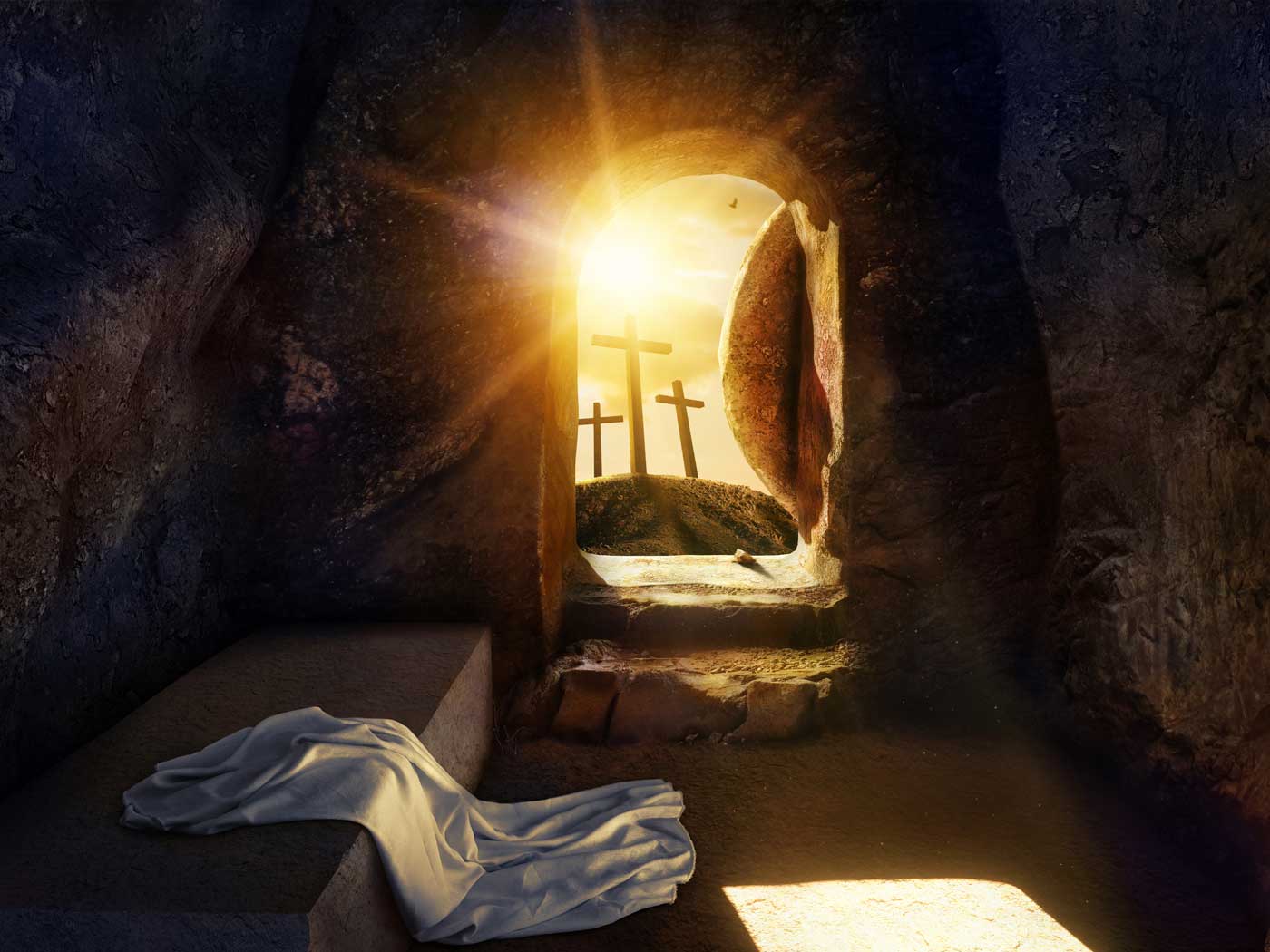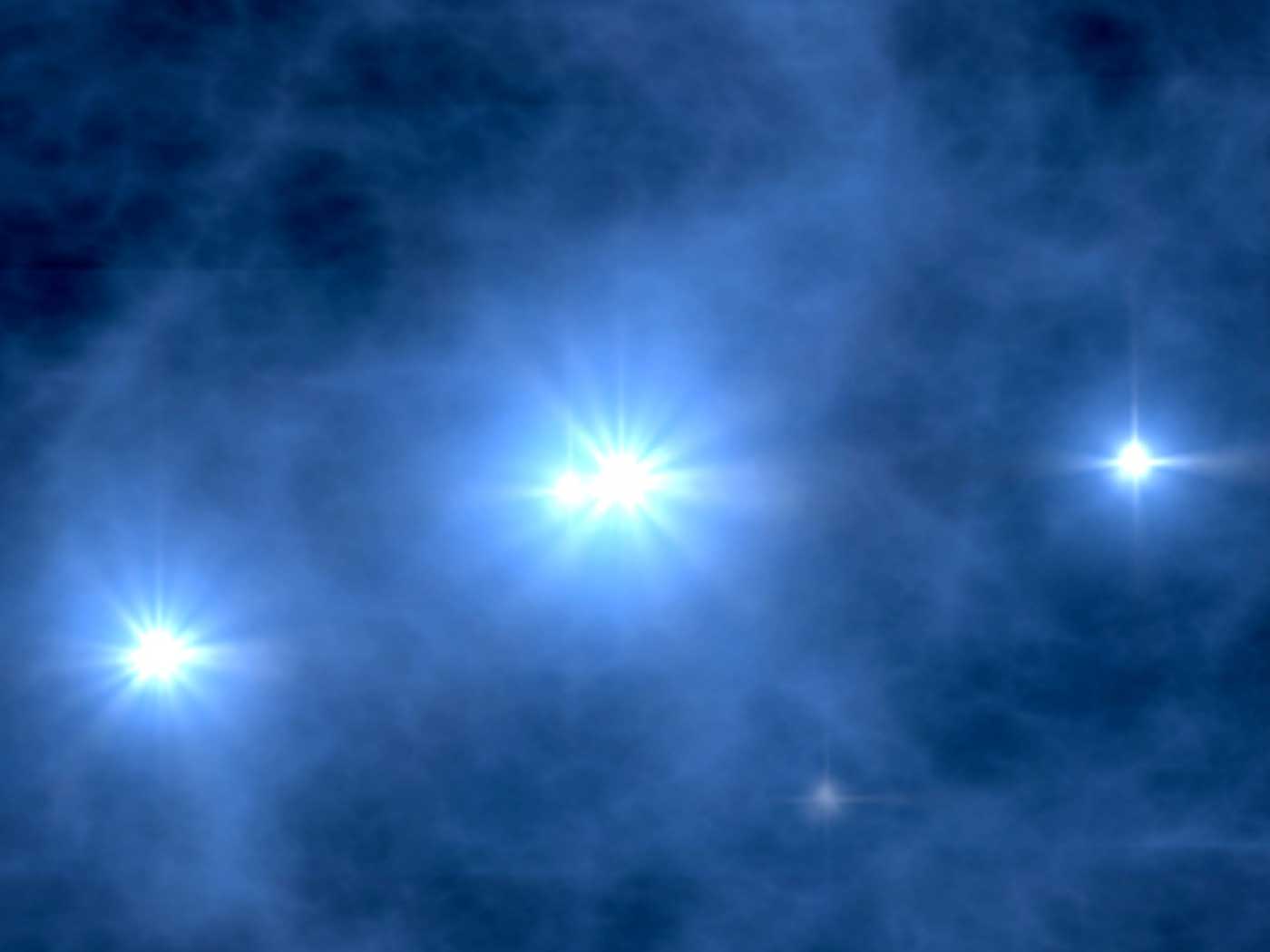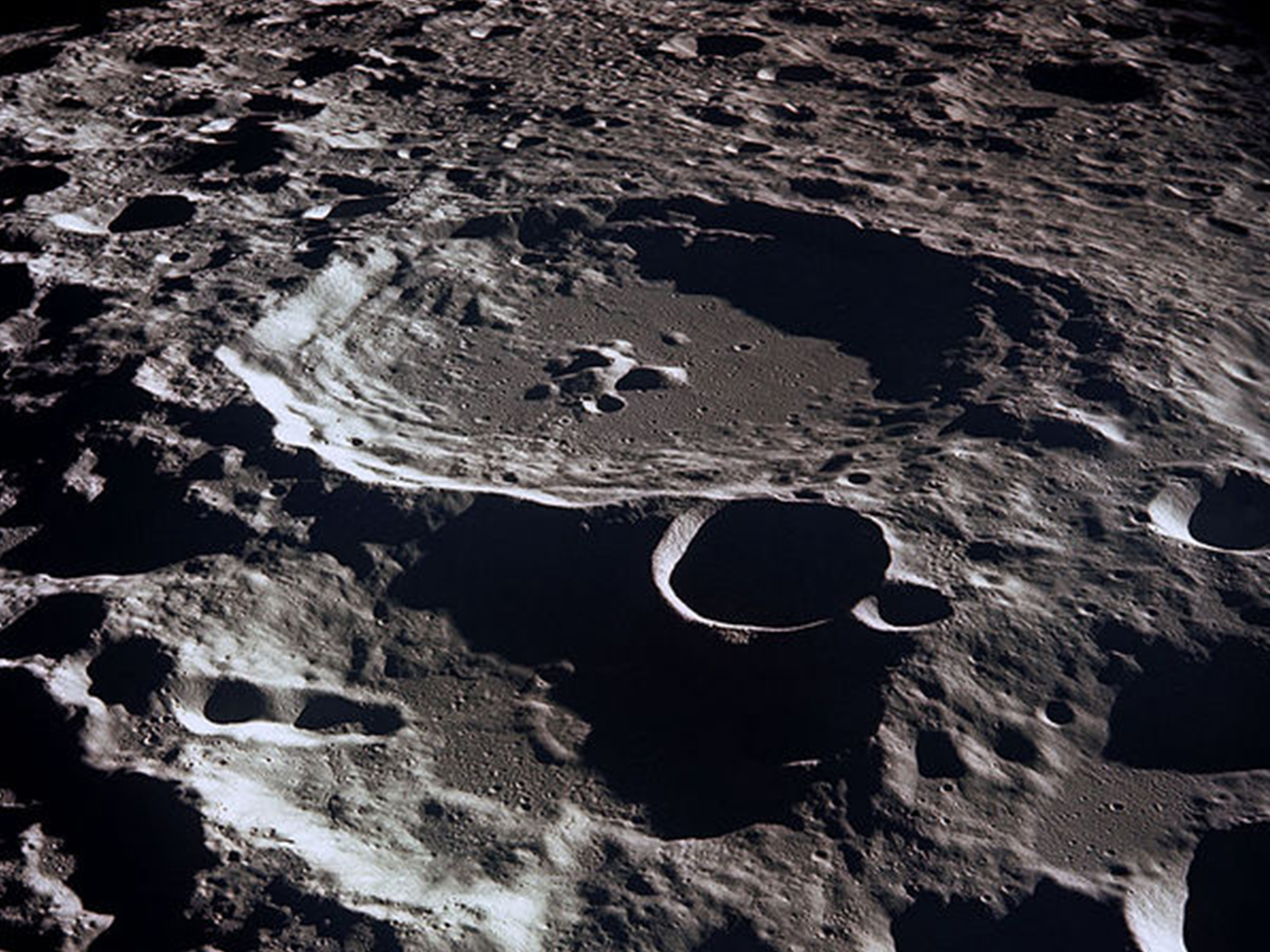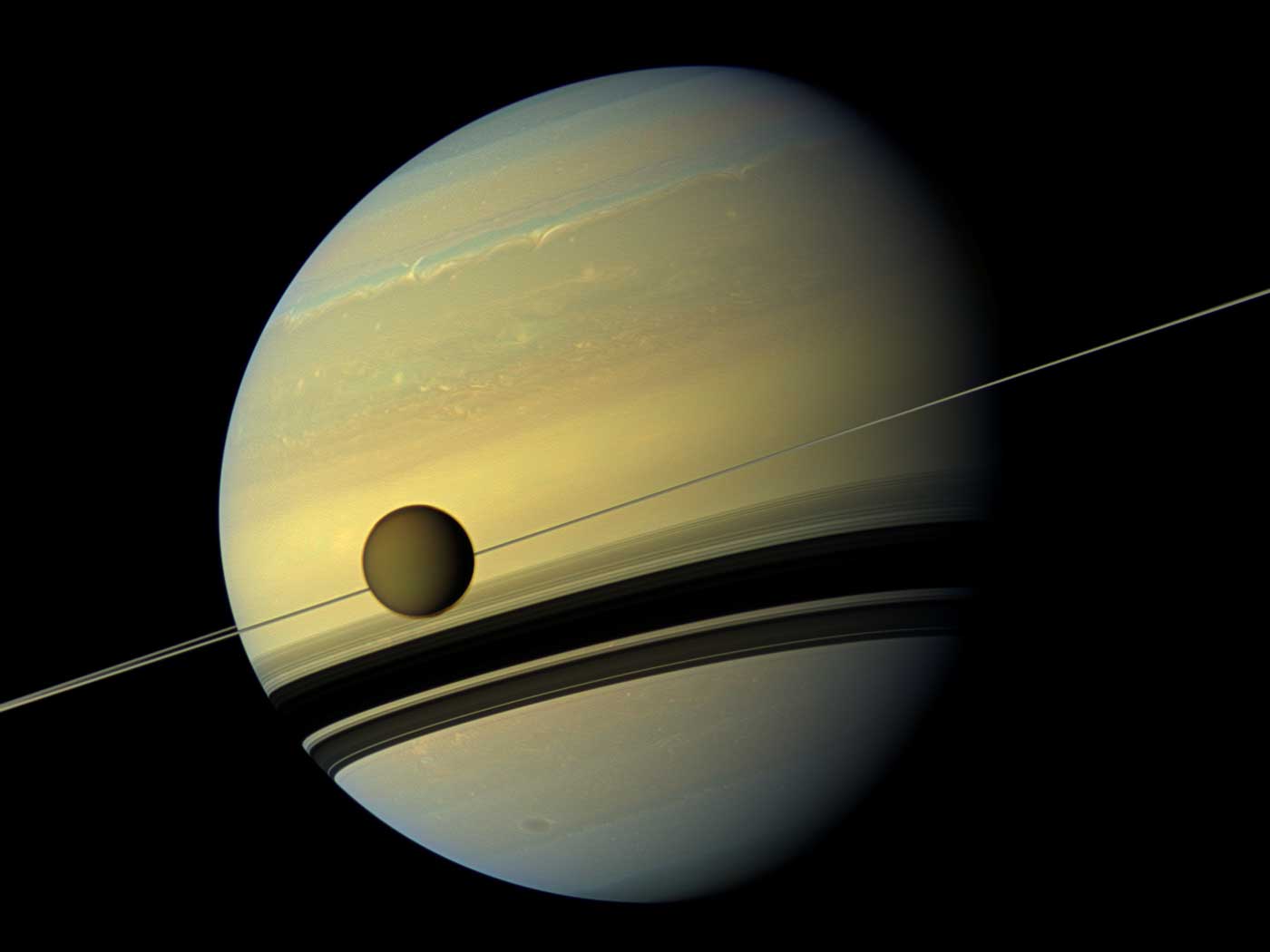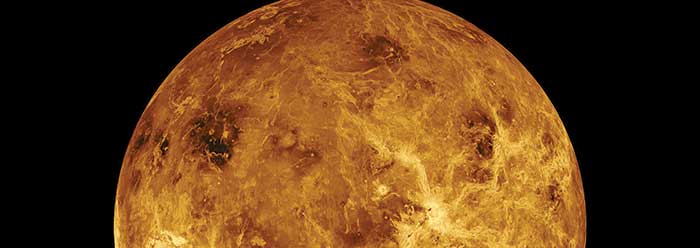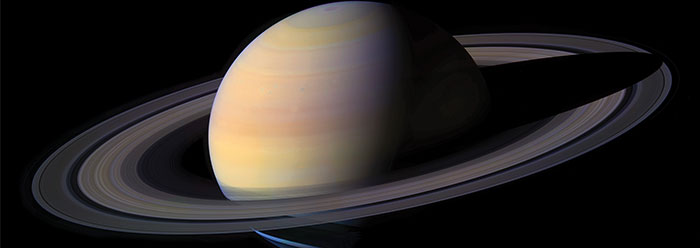Recently, the issue of the moon’s motion away from Earth was discussed on a popular science website.1,2 The author of the article is a geologist who disputes the creationist claim that the moon’s gradual recession from the Earth is a problem for a solar system that is billions of years old.
Laser-ranging experiments show that the moon is receding from Earth at the rate of 3.8 centimeters per year.3 This recession is a consequence of energy dissipation due to tidal forces and the principle of conservation of angular momentum. The current rate of recession implies that energy is being dissipated at a particular rate. This rate of dissipation is indicated by a quality factor labeled Q.4 If one assumes this value of Q has remained the same over geological time and runs the numbers backward, the moon would have been catastrophically close to the Earth about 1.5 billion years ago.5,6 In fact, the moon would have been so close that gravitational forces would have destroyed it!7
This is a problem for the secular story. The moon is supposedly around 4.5 billion years old, just a little younger than Earth, and it obviously still exists. This has been a favorite argument among biblical creationists for a young universe. Not surprisingly, uniformitarians have strenuously objected, claiming that past values of Q might have been higher than they are now, which would have meant a lower rate of energy dissipation, and therefore slower rates of recession.
To be fair, they have a point. Uniformitarians have attempted to infer past lunar recession rates using geological and paleontological data, but these have yielded mixed results. In one study, three out of four possible scenarios inferred from different measurements still had the moon catastrophically close to Earth at some time in the last 4.5 billion years.8 This is still a problem for the uniformitarian story, regardless of precisely when this catastrophic approach would have occurred. Likewise, a more recent study claimed that past recession rates would have been lower. But this study only attempted to infer past recession rates going back 250 million years—a very short time given the Earth and moon’s supposed 4.5 billion-year history.6
Past recession rates can depend sensitively on factors like the position of the continents and the depth of the oceans. A rigorous calculation should take all these factors into account and extend those calculations back 4.5 billion years. However, this would be such a daunting computing task that, to my knowledge, no one—creationist or evolutionist—has ever done it. These calculations have always involved simplifying assumptions. One respected uniformitarian recently expressed pessimism that this issue would never be clearly resolved, despite geologists’ efforts to infer past recession rates from geological data.9 So, creationists should concede that the lunar recession argument against an old Earth isn’t necessarily airtight.
But this doesn’t mean that old-Earthers are off the hook. Other factors, such as the moon’s recent cooling and shrinking, also suggest that it isn’t billions of years old.10 It is quite possible that a fully rigorous calculation would still have the moon catastrophically close to the Earth sometime in the last 4.5 billion years. This is still a real possibility for old-Earthers, but it’s clearly not a problem if the earth and moon are just thousands of years old.
Some creationists might think my assessment is too conservative or pessimistic, and I welcome feedback on this. It might be possible, using secular assumptions favorable to uniformitarianism, to show that billions of years ago the moon must have been close enough to cause outrageously high tides—even if the moon wasn’t close enough to be destroyed. Since uniformitarians don’t believe these high tides ever occurred, this would also challenge the idea of billions of years. If it has already been calculated, then it needs to be clearly explained in both the technical literature and popular-level articles.
As always, we creationists should be careful not to overstate our case. Another creation ministry recently highlighted the lunar recession argument.11 Their article struck a good balance by acknowledging that the argument wasn’t necessarily airtight, but it is still a very real potential problem for uniformitarianism.
References
1. Middleton, D. Lunar Recession and the Age of the Earth: How Uniformitarianism Works. Watts Up With That? Posted on wattsupwiththat.com March 24, 2020, accessed March 25, 2020.
2. Although not a Christian website, this website has much information, often humorous, about global warming (or “climate change”) alarmism.
3. S. G. Turyshev, and D. H. Boggs. 2014. The past and present Earth-Moon system: the speed of light stays steady as tides evolve. Planetary Science. 3 (2).
4. Murray, C. D. and S. F. Dermott. 2008. Solar System Dynamics (Kindle version). Cambridge University Press: Cambridge, UK.
5. This calculation is a non-linear formula and requires calculus, since the distance the moon recedes from the Earth per year is not constant, but depends on the distance between the Earth and the moon.
6. Green, J. A. M., M. Huber, D. Waltham, J. Buzan, and M. Wells. 2017. Explicitly modelled deep-time tidal dissipation and its implication for Lunar history. Earth and Planetary Science Letters. 461: 46-53.
7. Technically, it would have been the differences in the force of gravity on the near and far sides of the Moon (tidal forces) that would tear it apart.
8. Williams, G. E. 2000. Geological Constraints on the Precambrian History of the Earth’s Rotation and the Moon’s Orbit. Reviews of Geophysics. 38 (1): 37-59.
9. Wunsch, C. 2016. Tides of global ice-covered oceans. Icarus. 274: 122-130.
10. Hebert, J. 2019. Moon is Unexpectedly Still Cooling and Shrinking. Creation Science Update. Posted on ICR.org June 6, 2019 at ICR.org, accessed March 25, 2020.
11. Bartz, P. A. Moon Puzzle. Creation Moments. Posted on creationmoments.com March 20, 2020 at creationmoments.com, accessed March 25, 2020.
*Dr. Jake Hebert is Research Associate at the Institute for Creation Research and earned his Ph.D. in physics from the University of Texas at Dallas.
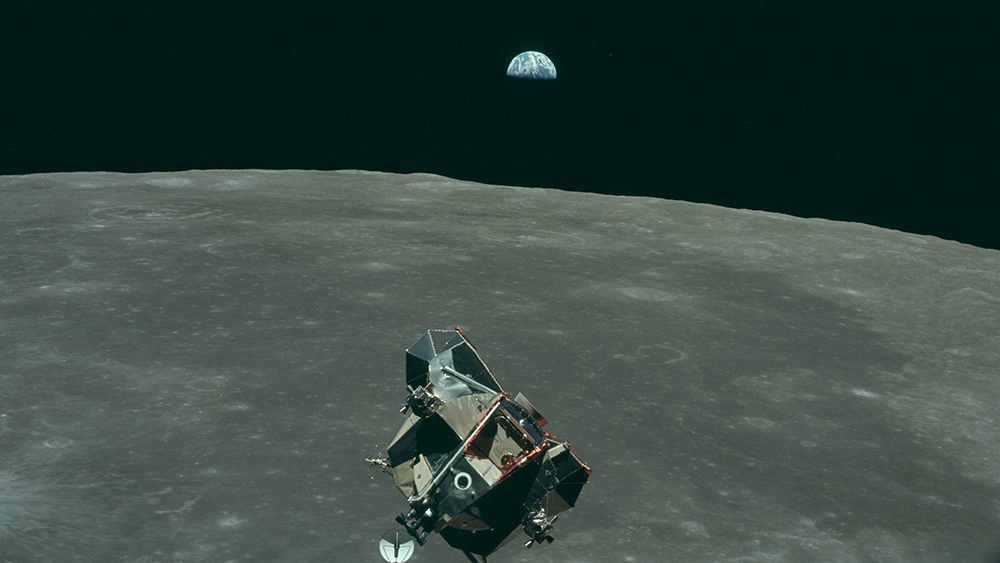
Lunar Recession in the News
The Latest
Moroccan Dinosaurs in Marine Rocks, Too
Two recent papers by paleontologist Nicholas Longrich and his colleagues describe some unexpected findings in phosphate mines of northern Morocco.1,2...
CREATION PODCAST
Ernst Haeckel: Evolutionary Huckster | The Creation Podcast:...
Ernst Haeckel, a German Zoologist, is famous for developing a series of images of embryos in development called Anthropogenie. These images,...
Bees Master Complex Tasks Through Social Interaction
Bees are simply incredible.1,2 These little furry fliers challenge the very foundation of Darwinism in many diverse ways.
Bees have been...
The Tail of Man’s Supposed Ancestors
Although it has been known for decades and despite insistence to the contrary from the evolutionary community, man—Homo sapiens—has never...
When Day Meets Night—A Total Success!
The skies cleared above North Texas on Monday, April 8, for a spectacular view of the 2024 Great American Solar Eclipse. Hundreds of guests joined...
The Sun and Moon—Designed for Eclipses
Before discovering thousands of planets in other solar systems, scientists tended to assume that other solar systems would be very similar to our own....
Let ICR Help You Prepare for the Great American Solar Eclipse!
On Monday, April 8th, the moon will move directly between the earth and the sun, resulting in a total solar eclipse visible in northern Mexico, much...
Total Eclipse on April 8th
“You alone are the LORD; You have made heaven, the heaven of heavens, with all their host, the earth and everything on it, the seas and all that...
CREATION PODCAST
Dismantling Evolution One Gear At A Time! | The Creation Podcast:...
The human body is a marvel of complexity and the more we learn about it, the more miraculous our existence becomes! Can evolution explain the...
April 2024 ICR Wallpaper
"He appointed the moon for seasons; The sun knows its going down." (Psalm 104:19 NKJV)
ICR April 2024 wallpaper is now available...




